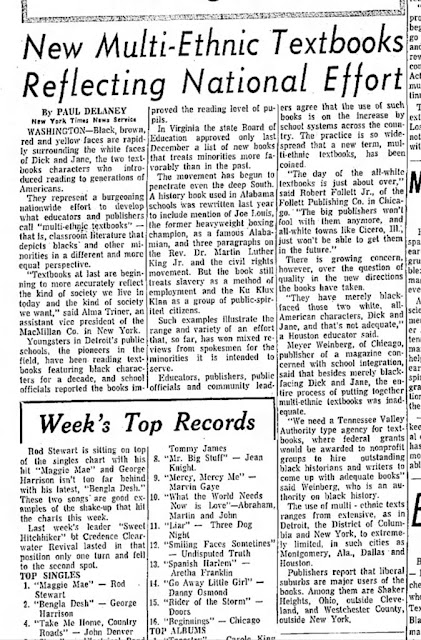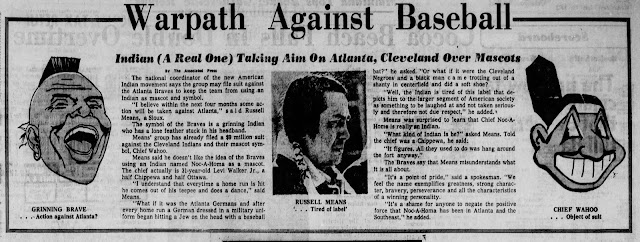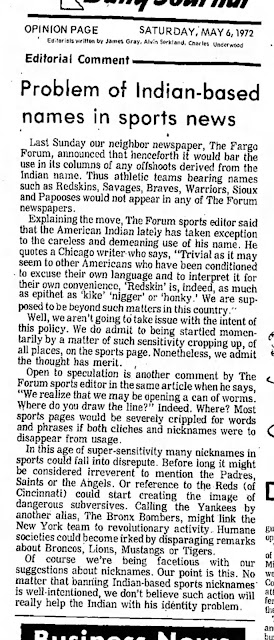1972 LaDonna Harris said the bicentennial should be used to “educate the rest of America” to Indian realities. “We are tired of being quaint tourist attractions.”

The 200th Bicentennial Commission has come “under fire” from “hostile Indians” and at a press conference Americans for Indian Opportunity felt that the Commission is insensitive to the first Americans. The bicentennial, the Indians said, marks “the beginning of the mass genocide of the original people of this country. No people and no nation has given so much and received so little as the Indian people and Indian nations of this country.” They demanded a role in the Commission, and funds to insure they can participate. LaDonna Harris said the bicentennial should be used to “educate the rest of America” to Indian realities. “We are tired of being quaint tourist attractions.” 1972 Aug 4, El Paso Herald Post Indians angry over state monument 1972 Oct 22, Star Tribune Sioux Falls, SD - A spokesman for the American Indian Movement (AIM) said… that Indians plan to replace a monument in Mankato, Minn. with one of their own. AIM Field Director Russell Means said the monument ha
















